The addition of saffron in a dish will give it a similar yellow color, thus making saffron a great alternative for turmeric in terms of color. However, the same cannot be said about the taste, for saffron, quite unlike turmeric, has a honey-like floral taste. The other noteworthy point is the strength of its flavor. You must take note of its quantity while adding saffron to a dish, for its flavor is strong and can easily dominate the taste of the dish to which it is added.
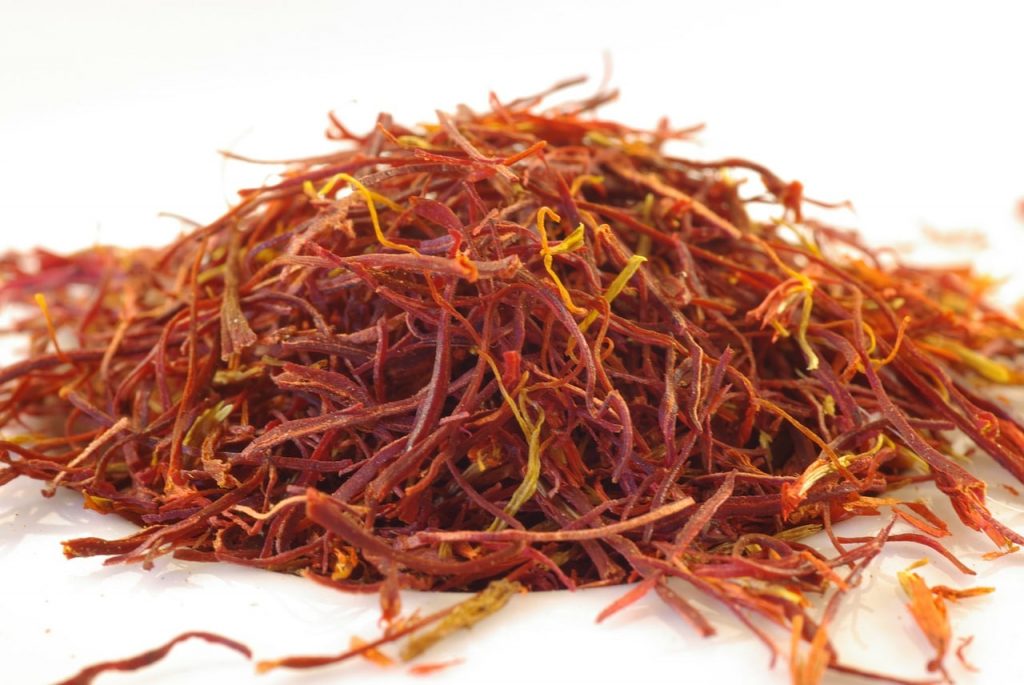
Best Substitutes For Turmeric For Flavour
Now that we have discussed the various alternatives of turmeric that can be used as natural food coloring, let us not deviate from the basic function of turmeric, its taste. Traditionally used as a flavoring for dishes, turmeric is known for its slightly-bitter taste that blends well with other spices. However, a certain active compound in turmeric, known as curcumin, can cause allergic reactions. So for those who are allergic to curcumin, it is important that we discuss some substitutes that’ll make sure that you don’t miss turmeric:
3. Mustard Seeds
Auto Amazon Links: No products found.
The taste of mustard seeds is somewhat similar to that of turmeric’s, especially when it is added conservatively to the dish. These seeds are a popular substitute since they are widely available throughout the world. Furthermore, their addition to the meal produces a similar yellowish tint. Keep in mind that mustard seeds tend to be strong in flavor, hence their addition must be in a regulated fashion, else your dish will end up tasting bad.
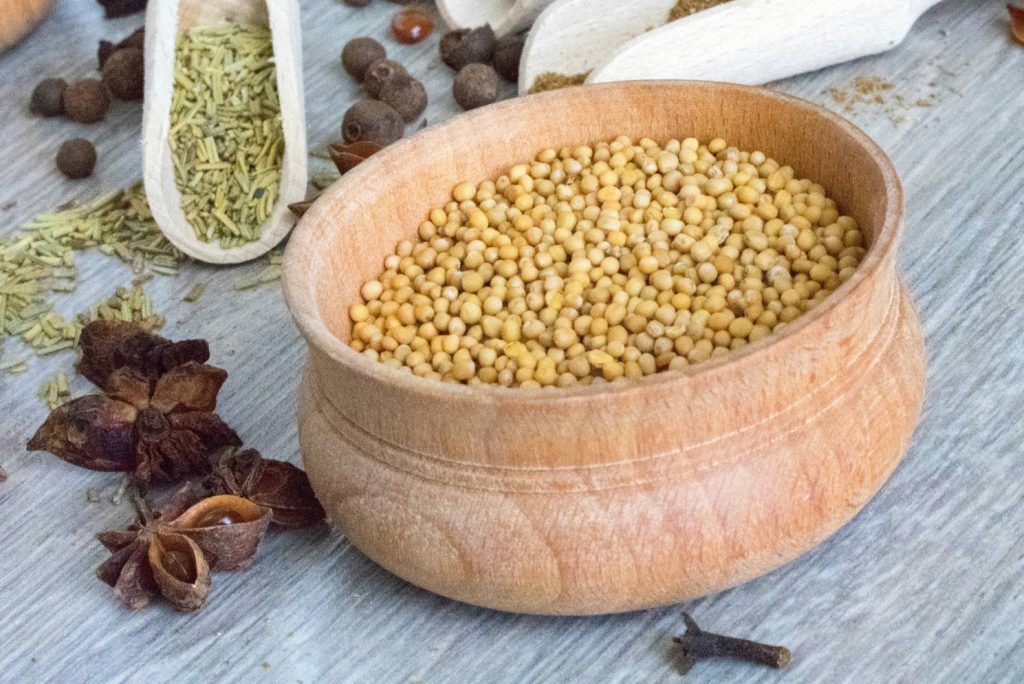
4. Ginger Powder
Your search for a healthy alternative for turmeric might just come to an end with this one. Just like turmeric, ginger is a powerful anti-inflammatory agent, and its taste is very similar to that of turmeric. Considered to be an ideal substitute for turmeric when consumed on the basis of its health benefits, the ginger powder can also bring out a certain stingy flavor in your dish.
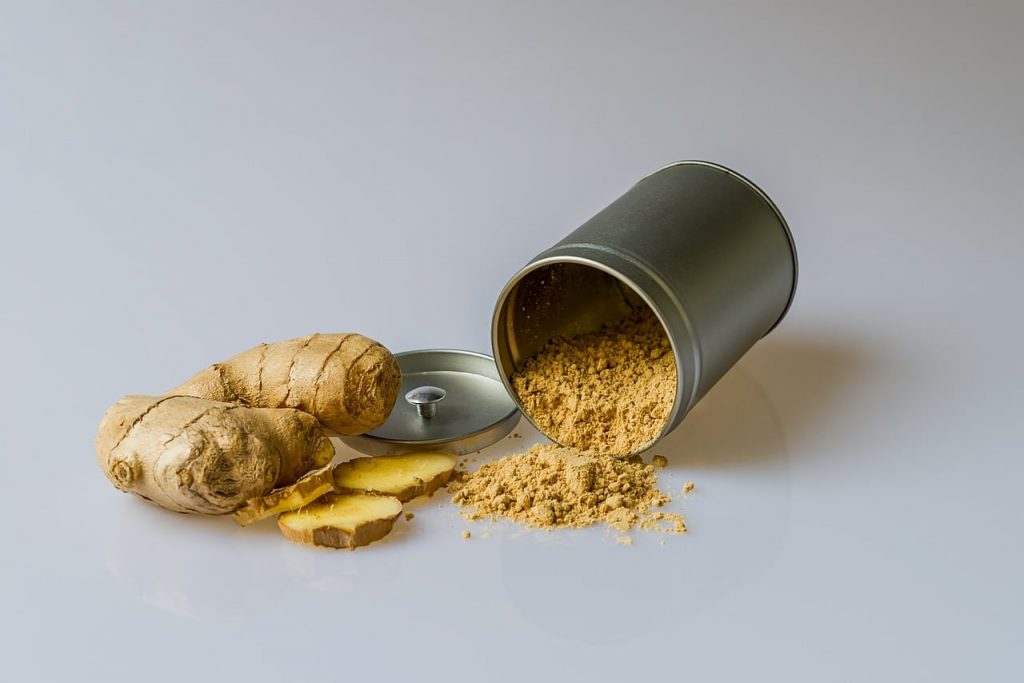
5. Cumin Seeds
Auto Amazon Links: No products found.
With their mildly bitter taste, the addition of cumin might just the perfect substitute for turmeric when it comes to its flavoring aspects. As a much stronger spice when compared to turmeric, cumin must be added in small amounts, for its aroma and flavor might overcome the taste of the dish, which might then end up tasting bad.
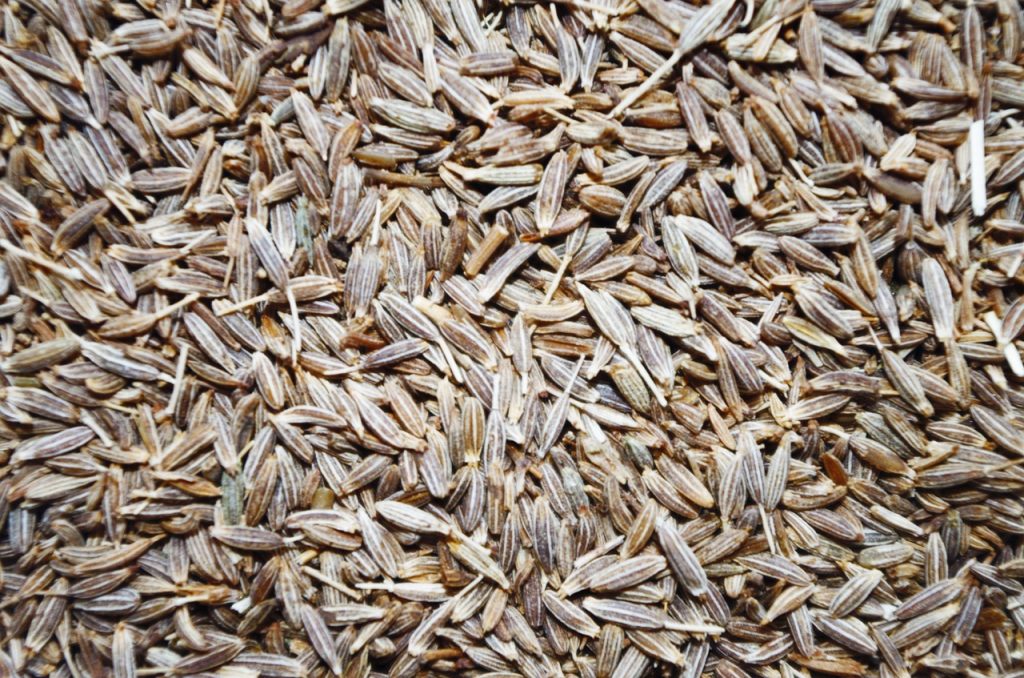
Also Read: Health Benefits Of Fennel Seeds
6. Curry Powder
Curry powder is a mixture of sweet and savory spices, thus contributing to its unique flavor. Turmeric and cumin are some of its ingredients, which give the curry powder its earthy taste. Other spices such as cinnamon and clove, add a sweet flavor to the mix. Moreover, the addition of pepper into the mix contributes to its spicy flavor.
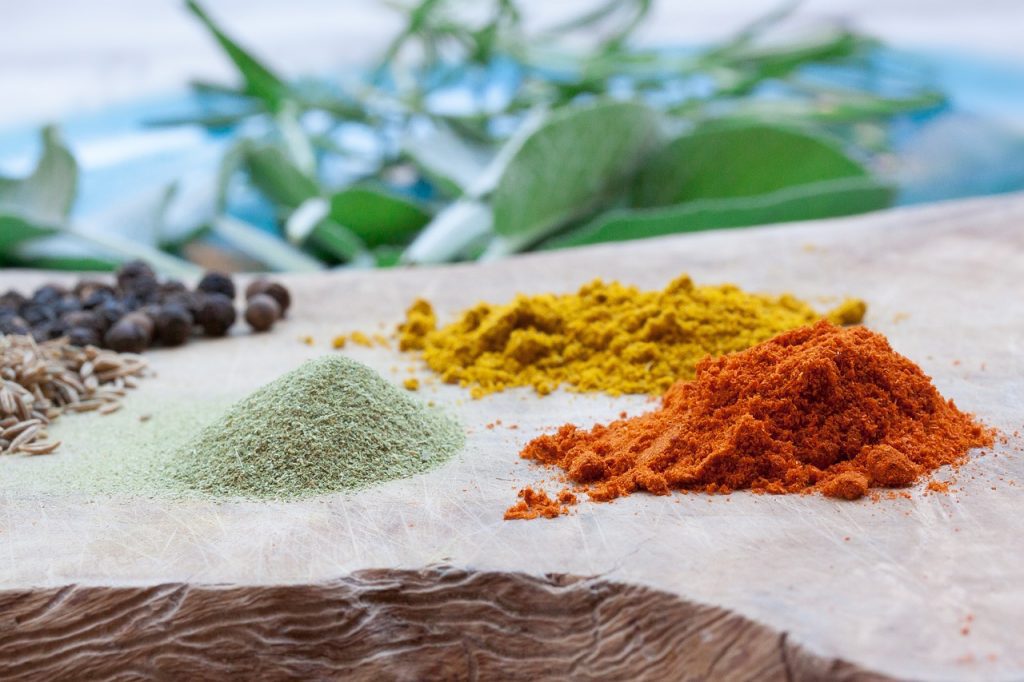
Final Words
As you are now well-aware of the substitutes of turmeric, it would be our advice to you that if you ever run out of turmeric powder, you must go and buy some, for there is nothing that can provide your dish with a traditional turmeric-like taste than a pinch of turmeric itself! However, if you are allergic to curcumin (the active compound in turmeric), you might just want to take a look at this list and pick the right option that’ll fit your needs in terms of flavor and color.








